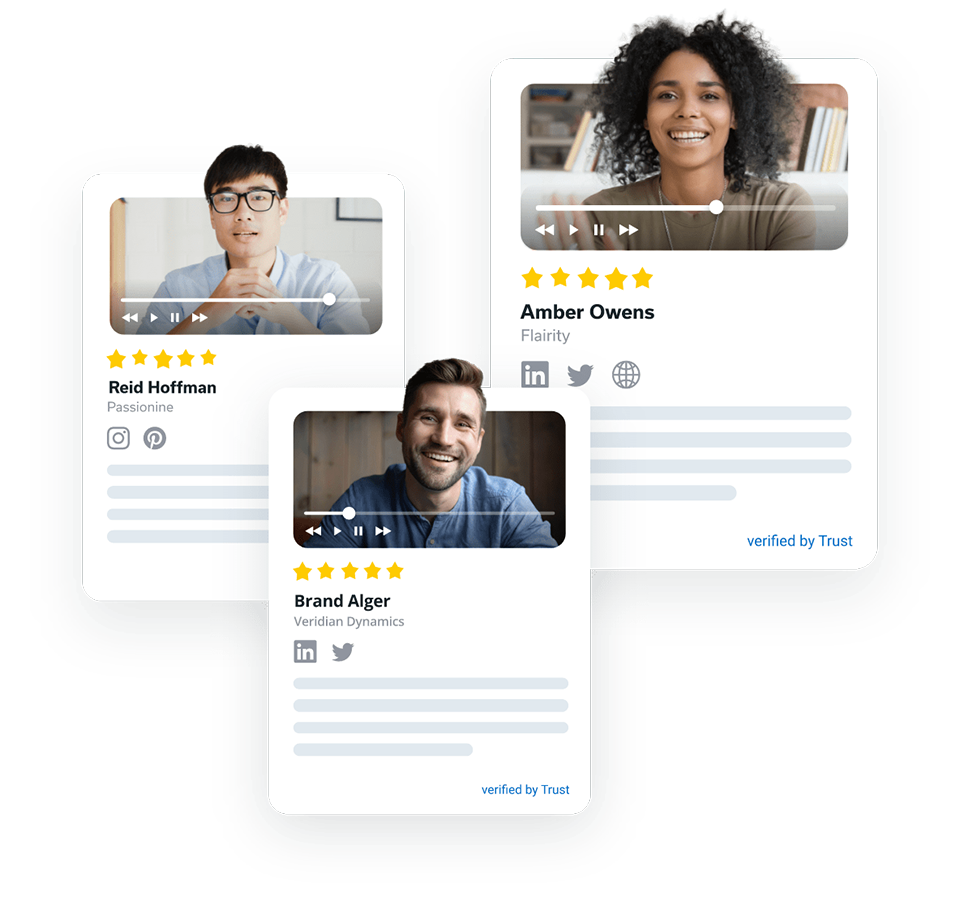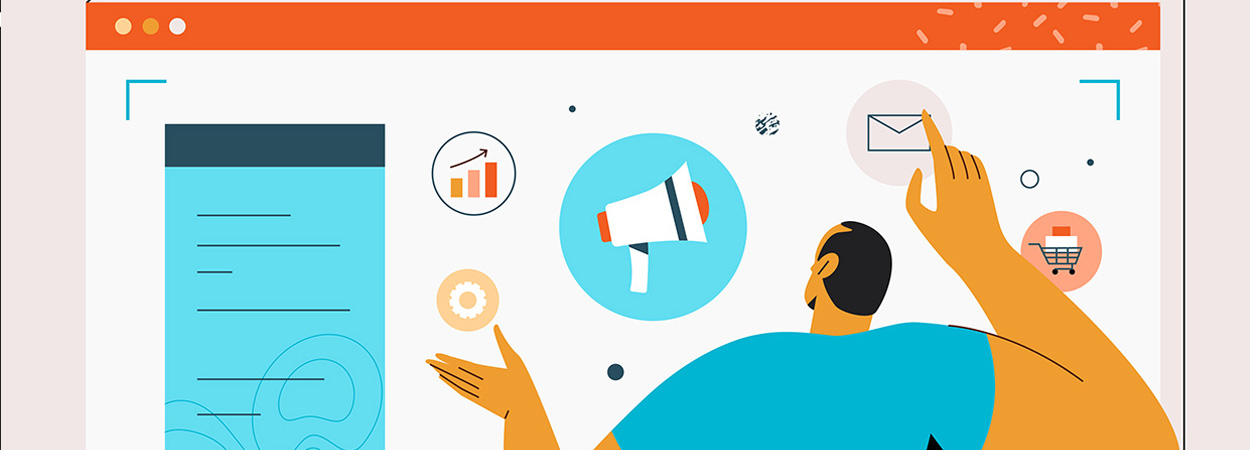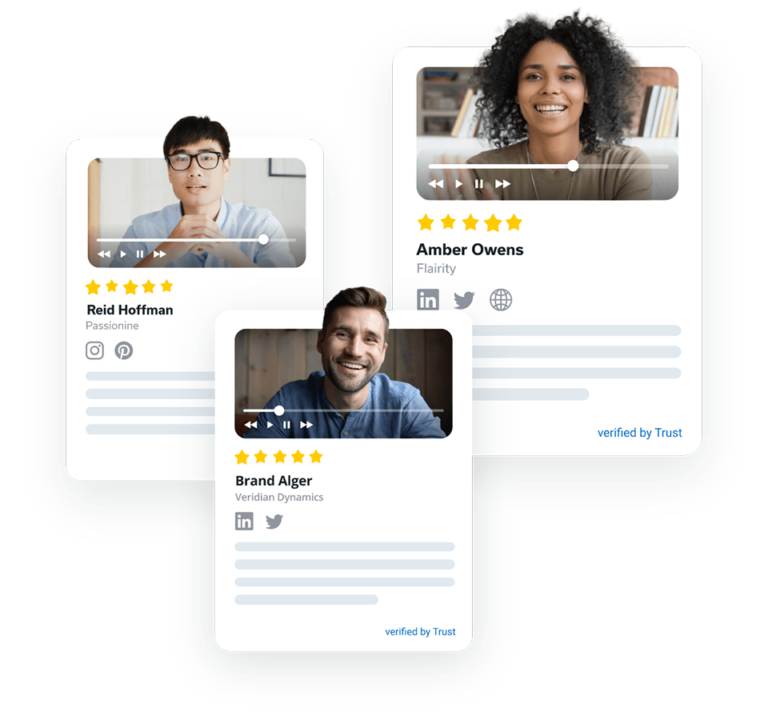Pirate Metrics: How to Use Dave McClure’s AARRR Growth Hacking


Anyone who has tried a startup will agree that growth is the key to success. If you can achieve growth, everything else will fall into place much more easily. As the founder and CEO of GrowthHackers.com Sean Ellis puts it, “a growth hacker is a person whose true north is growth.”
You can use growth as a compass in every decision making you have to face and never go wrong. Well, as long as you have a product people could use it.
The acronym AARRR, also referred to as “pirate metrics” because of the way it sounds, is a growth hacking term originally coined by the co-founder of 500Startups and active investor, Dave McClure. Through his experience working with startups and being a hotshot in entrepreneurship, he argues that to be successful as a CEO/founder, one only needs to focus on five key performance indicators, under this acronym.
AARRR Growth Hacking
– Acquisition. Get users to visit your site from various channels.
– Activation. Users find your product useful.
– Retention. Users come back because they like your product or find it useful.
– Referral. Users like your services enough to refer you to others.
– Revenue. Users are satisfied enough to start paying.
By revolving your goals around these five metrics, a startup can be efficient in setting strategies and time towards excelling in an actionable stage of the business. Here is the AARRR lifecycle that Dave came up with:


The idea is fairly old. The AIDA model that was developed back in 1893 is not so different. And neither is the more recent inbound marketing strategy of Attract, Convert, Close, and Delight. You might find, however, that the AARRR methodology mimics customer behavior more closely and is effective for both B2B and B2C.
Now, let’s break down this pirate metrics thing.
Acquisition – How do customers find you?
This first stage is the customer impression you give.
Your marketing campaign has worked, and people have your attention. They start visiting your website and/or start trying your product. It is the first point of contact between a potential customer and what you have to offer. They view your page and maybe even click on a few other pages on your website.
This is where you start making your analysis and get all your variables checked. Where is the biggest chunk of your audience coming from? How about the slow but steady traffic? How engaged are they and what is the bounce rate like?
At this stage, low volume should not worry you. So long as a few people are finding your product, you can always influence some more.
Determining your acquisition metrics depends on the nature of your services. For instance, piktochart.com determines theirs by a more direct approach – simply pulling numbers directly from their database that simplifies the process of data discovery. They also display the numbers on their page and update them on a weekly basis for their visitors to see.


Again, it depends on the nature of your startup. For most SaaS companies, subscribing to their blog using email could be looked at as an advanced stage of acquisition. For an online journal, this gesture could be considered as activation.
In reality, drawing conclusions about your acquisition by simply basing on the number of visits is a little shallow. But, once someone has viewed multiple pages, read more than a single blog post, or simply stayed for at least 20 seconds, you could categorize their engagement under the acquisition stage.
Here is an example of a more detailed acquisition dashboard:


For the first acquisition line, the conversion rate of 100% implies that nobody actually visited your site. The next line shows that a few people visited, but the bounce rate is still high.
Activation – Do customers have a great first experience?
This is the point where people actually use your product or site. As much as everyone who fills out your registration form will try your product, most of them will not stick around.
It is crucial to focus on the effectiveness of your activation before investing a lot in the acquisition. Why?
If customers simply try your product and don’t become active users, chances are they didn’t like it. You wouldn’t want people out there spreading information that your services are poor. The damage could be irreversible. That is why you need to take the first bunch of customers through the activation process and ensure it’s successful before going on to attract more eyeballs.
More so, you don’t want to start asking users to pay just yet. This is the point where you entice them with free trials. Your users need to appreciate the usefulness of your product and get confident that they’ll be getting value for their money before they give up credit card information.
Value > Cost = $$ + Time + Focus
Only after the users have gauged the value of your services through interaction will you be able to convince them (fingers crossed) to part with money in exchange for the full experience.


Retention – Do customers come back?
So you’ve acquired some users, they’ve tried your product and seem to like it. Some could have generated their first invoice, created a project, or started playing your game often, and so on. Now is the time to focus your energy on getting those users to keep coming back. Continue to hold off on the money part; avoid things like payment forms and in-app purchases (IAP).
Retention will be unique to different forms of SaaS. You don’t have to go with the conventional daily active users (DAU) and monthly active users (MAU).
For instance, for a tax submission software like Turbo Tax, a user who logs in once a year might already be a retained customer. For a social media platform like Facebook, however, such a user has been lost.
But still, the number of log-ins for a user is a major determinant factor of whether you have retained them or not. Another way to know a user is retained is when they ask questions about your product on a regular basis or keep giving suggestions on how to make improvements. Such levels of concern show that a user actually wants to stay.


Referral – Do customers tell others about your product?
Research shows that 92% of customers will trust a recommendation from a friend, and 77% will take your word for it even if they don’t know you. Having customers refer you is a big deal! This is where the highest conversion rates come from.
If users begin referring you to their friends, it means they have confidence in you. They have tried and tested your product and would like to be the ones responsible for letting others in on the secret. Be sure to coax users slightly into making referrals by having a thank you page where you ask them to do exactly this. Put share buttons in place as well as affiliate links and promo codes.
Not all referrals will generate income, though, which is why you need to classify them into two groups – those who just came to see what it’s about, and those willing to become customers.
As much as actual customers are the people you are looking for; the rest are just as essential for brand PR and exposure.
What’s more, some of them could be comparing your product against the one they are already using. Be sure to jump in and convince them that they need your services.


Revenue – How can you make more money?
When your users have tried your services and started bringing their friends, it’s time to start charging them. This is what you were driving at all along. The other four stages were just to ensure you are not throwing prices out there when no one is willing to pay.


Monitor your transactions and always perform A/B tests to find ways of increasing your revenue with each passing day. Among the factors you want to be tracking are MRR (monthly recurring revenue) and LTV (lifetime value). You want these two to be constantly increasing. Remember, growth is the key here.
How to make AARRR metrics work for your business?
Now that you are familiar with your AARRR metrics, it’s time to put them in use and skyrocket the profits of your SaaS application. The first thing to bear in mind is that you need to investigate potential issues in each of the five aspects of AARRR. At the same time, don’t lose sight of the bigger picture and see how your SaaS is performing overall.
Second, aim to personalize as much of your marketing approach as possible. With the amount of data we collect and store today, it’s not an issue of whether we CAN personalize our marketing. It’s a matter of focusing enough time and energy to personalize.
Takeaway
Finally, you need to be aware that even though AARRR is an excellent framework for showing the health of your SaaS business, it is not all there is out there. A successful entrepreneur keeps their eyes peeled on a variety of metrics before and after the purchase to determine how well their business is doing. However, AARRR is an excellent place to get started.










